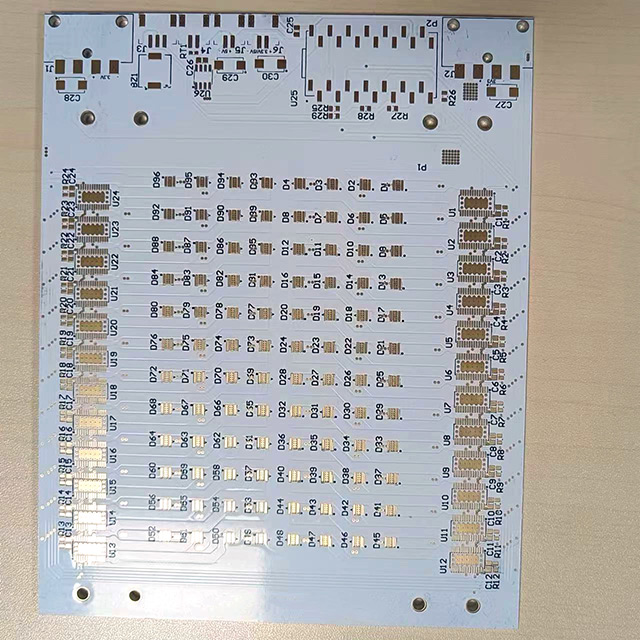-
Pro's OnlyElectricians Arms Electrician Talk How to Access The Arms Domestic Electrician Industrial Electricians Wiring, Theories, Regulations Engineering Chat Periodic Testing Problems Electricians Downloads Commercial Electricians Security (Access-Only) Access Private Area Business Related Advice Certification Schemes Electrical & PAT Testing
You are using an out of date browser. It may not display this or other websites correctly.
You should upgrade or use an alternative browser.
You should upgrade or use an alternative browser.
cable size selection
- Thread starter infinity
- Start date
-
- Tags
- cable cable size size
Would the inverter manufactures allow this. Steca for example require a letter from the DNO before they issue the pass codes
Depends upon the make and model of inverter, and your relationship with the manufacturer - i.e. are you a 'trusted' installer.
Would the inverter manufactures allow this. Steca for example require a letter from the DNO before they issue the pass codes
it's nowt to do with them is it, as long as the operating voltage is within their operating range. You've installed a G59 relay to fulfil that requirement, and it's you that is signing the DNO papers to verify that the system meets the G59 requirements, not the inverter manufacturer.
if the inverter manufacturer won't play ball, use one from a manufacturer that allows the installers to make these adjustments.
infinity
-
That's what I used. But the tech guy from power one said to use the R value as it's purely resistive thus selecting 50mm csa which does doesn't seen right.
Napit tech, said to only allow 75% of current in calcs as it will rarely be full power, which also doesn't seem right as it would trip out on sunny days!
Napit tech, said to only allow 75% of current in calcs as it will rarely be full power, which also doesn't seem right as it would trip out on sunny days!
entirely depends how you've loaded the inverter, if you've been sensible and run the panels at something like 120% of inverter rating, then disregard what napit just said, the entire point of these calcs is to prevent excessive volt rise at peak generation.That's what I used. But the tech guy from power one said to use the R value as it's purely resistive thus selecting 50mm csa which does doesn't seen right.
Napit tech, said to only allow 75% of current in calcs as it will rarely be full power, which also doesn't seem right as it would trip out on sunny days!
Similar threads
- Replies
- 2
- Views
- 283
OFFICIAL SPONSORS








These Official Forum Sponsors May Provide Discounts to Regular Forum Members - If you would like to sponsor us then CLICK HERE and post a thread with who you are, and we'll send you some stats etc


